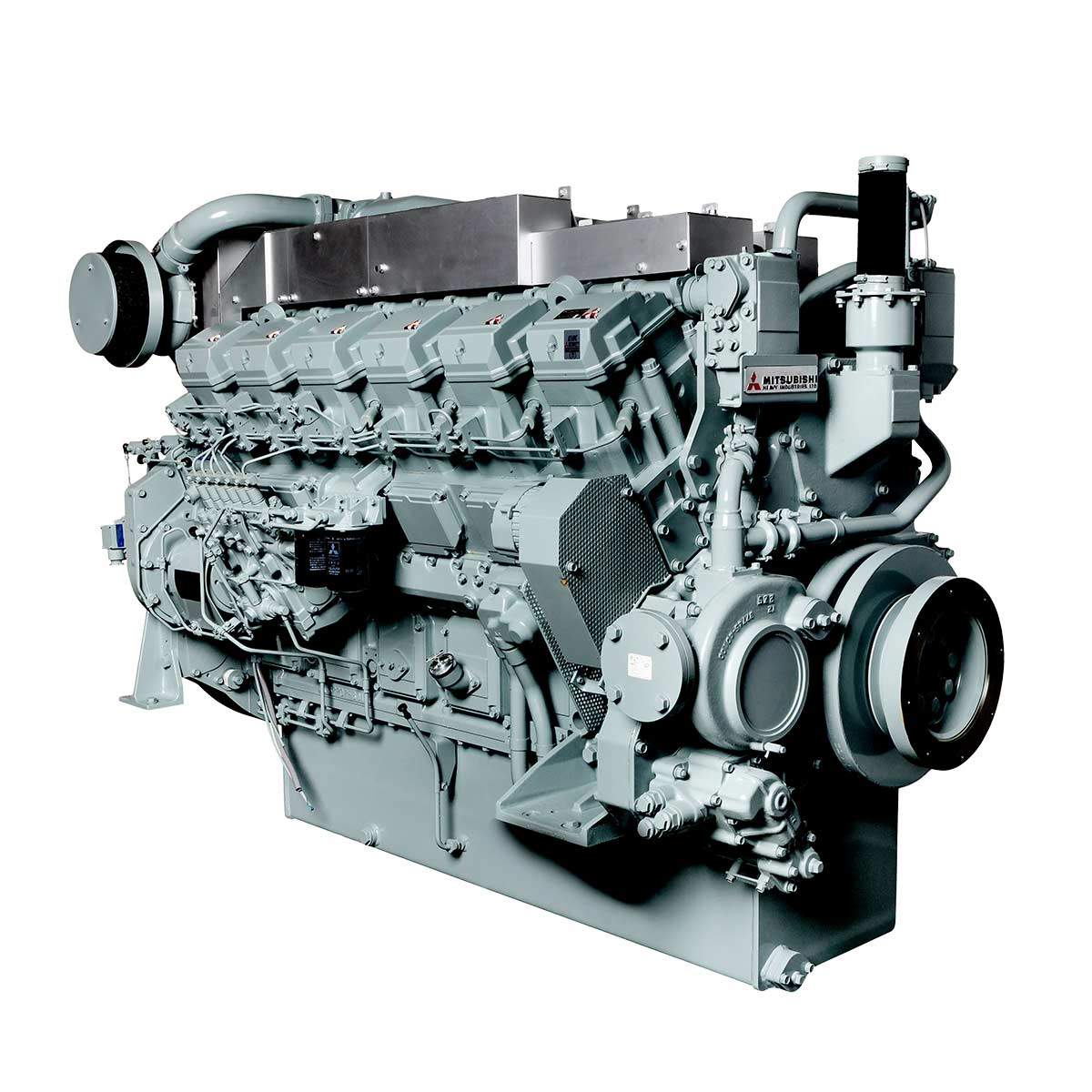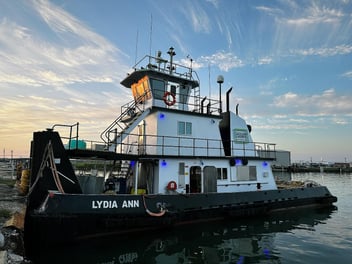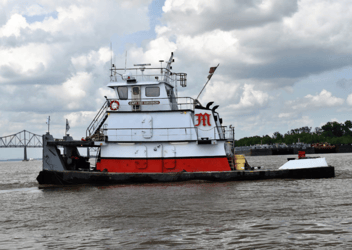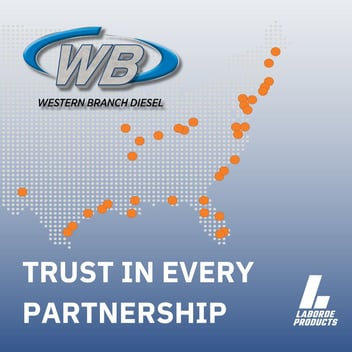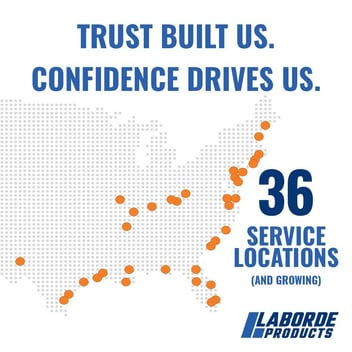There are many options a mariner must consider when repowering their vessel. Apart from the obvious in considering the engine manufacturer, most importantly, in recent times - engine availability, excess of parts inventory, and dependable service teams have been monumental in the successes and failures of marine operators. In this article Laborde Products lays out 5 reasons you should repower with the Mitsubishi S12R to that of its competitors.
1. Displacement
In both instances where Cummins is concerned, the Mitsubishi 1100 HP has greater displacement than the KTA38 and QSK38 by 29%. In the case of the Caterpillar C32, the Mitsubishi S12R engine offers 52% more displacement. In general terms, displacement is the volume of the cylinders displaced by the bore and stroke of the engine. This is important because as you increase the power that is required from each engine rotation, many agree that you increase stress on the engine. Which in turn, affects the longevity of its life and sustainability of its parts.
2. Engine Mass or Power-to-Weight Ratio
The horsepower of the CAT C32 sits at 1000 HP and weighs in at about 7,100 pounds. The marine diesel Mitsubishi S12R weighs in at about 11,731 pounds with 1100 HP. Meaning, the Mitsubishi engine offers 63% more mass than the CAT C32 engine. Initially one may consider this to be a disadvantage to the Mitsubishi diesel engine, however, mass is an important consideration when selecting an engine for a heavy duty application. Taking a step back and calculating lbs./hp the C32 engine only has 7.1 lbs. of steel per horsepower, while the Mitsubishi engine has 10.6 lbs. of steel per horsepower. When comparing the Mitsubishi S12R to the Cummins marine KTA38 we find that the S12R maintains the advantage with an excess of 1.36 lbs. of steel per horsepower.
3. Fuel Burn and Savings
Fuel burn can sometimes feel like a sunk/ overhead cost that comes with the territory of the maritime industry. In this instance, it's important to note the competitive advantage Mitsubishi has where fuel burn is concerned. Cummins KTA38 burns 48.9 gallons per hour (gph) at 1000 HP comparing this to the S12R 1100 HP at the same power output, the S12R 1100 burns 49.2gph at 1000 HP. Breaking it down, it’s clear to see you get a lot more engine for a fraction of a gallon that's burned. The Mitsubishi S12R is equal to that of its competitors as far as fuel burn is concerned.
4. Mechanical Advantage
Mitsubishi Marine engines are the only tier 3 mechanical marine diesel engines in the work-boat market. Gone are the days where you can take a wrench to a marine Caterpillar or Cummins engine. When it comes to work-boat engines, the rugged and durable quality associated with the Mitsubishi brand is known the world over. Mitsubishi’s commitment to producing mechanically controlled, easy-to-maintain marine motors has made its mark on the industry and continues to be one of its many differentiators to this day.
5. Support
Finding an engine manufacturer and distributor who actively combatting the effects of supply chain in the marine market is hard to come by. It feels like every time you turn around you hear about long lead times, parts inventory lacking or a need for service technicians. In response, Laborde Products has doubled down on its Mitsubishi inventory effectively doubling and expanding their parts stock from top to bottom, in addition to securing engines in partnership with Mitsubishi Turbocharger and Engine America, to maintain and grow the Mitsubishi population within the inland waterways for those marine operators who are frankly, fed up, with the excuses. Laborde Products firmly believes a product is only as good as it’s reliability and availability of parts & service.
Curious about the the maintenance of a Mitsubishi engine?
Download our Mitsubishi Maintenance Intervals by filling out the form below!

